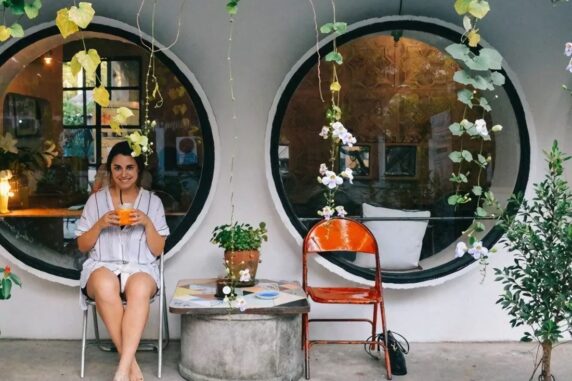Discover 5 Marvels in Milan: Italy’s Unforgettable Attractions
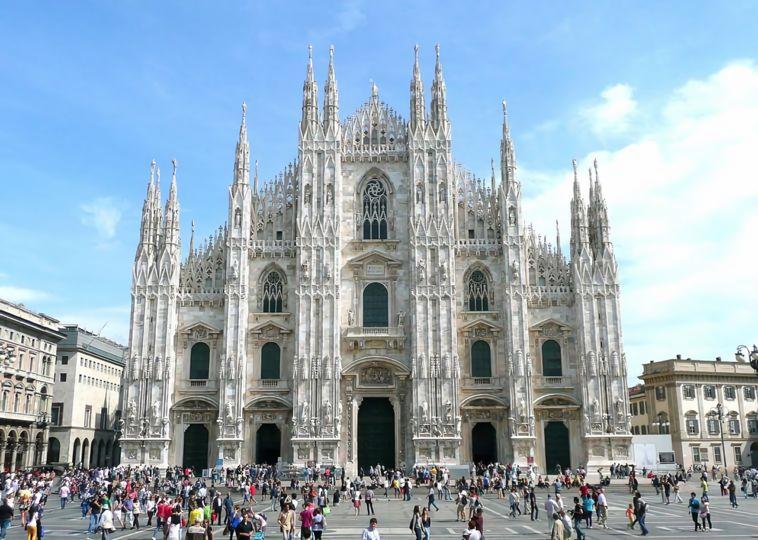
Contents [hide]
Milan is an absolute giant city with the most populous metropolitan area in Italy, with 1.3 million inhabitants and 3.2 million in the broader area of the center of Milan. A form of human settlement has existed in the Milan region for millennia, and archaeological finds date back to 222 BC.
Milan once served as the capital of the Western Roman Empire. During antiquity, the Middle Ages, and later, Milan flourished on the Italian mainland due to its command. Today, Milan offers a sublime mix of historical architecture and modern high-rise buildings, all mixed with Italian life.
Grand Galleria Vittorio Emanuele Ii

When you enter the Grand Gallery, you may think you are in the entrance hall to an opera house or palace, not a mall. But that’s precisely what the Galleria is: an extraordinarily opulent and extravagant indoor shopping area.
It was founded in 1877 and is one of the oldest shopping centers in the world. It was designed by Guiseppe Mengoni. The cruciform mall is covered with four glass-paneled arms that let the sunlight in perfectly, while the walls and shop fronts are decorated with ornate paneling and stucco.
Castello Sforzesco
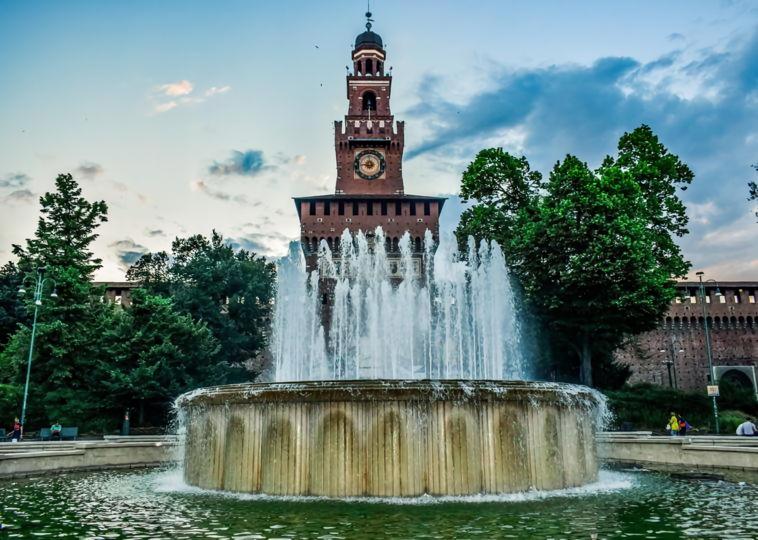
It bursts at the seams with twelve small museums and archives with furniture from Paleolithic history to the 20th century. The Duke of Milan, Francesco Sforza, restored it to its original splendor in the 1450s to be his princely residence and hired painters like da Vinci and Bramante to create the frescoes.
During Napoleon’s rule, its use was reduced to military purposes, and it was only with the unification of Italy in the 19th century that the castle was transferred to Milan. The extensive Parco Sempione directly behind, one of the largest parks in the city, was created on the former parade grounds—the oldest part of the castle.
Sant Ambrogio
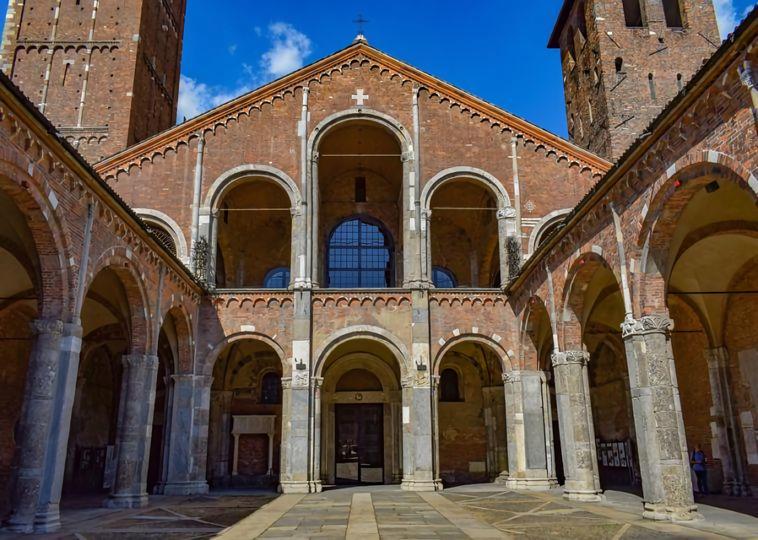
This ancient building is one of the oldest in Milan and was built by St. The style of this church has not changed much since its foundation, and the city of Milan was built around it as it served as a focal point for the local population.
The church’s interior has some beautiful mosaics and works of art, including the ceiling of the oratory and the magnificent representation of Christ in one of the domes. A visit to this church will give an excellent insight into the history of Milan and its religious importance.
Grattacielo Pirelli
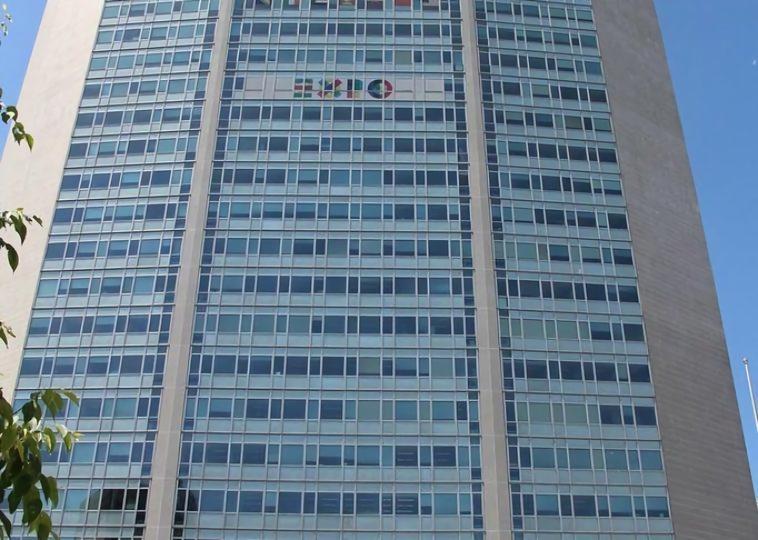
As used by one Team, it was designed to include a team, which is a team. Although it served as a symbol of national economic development and industry, it has been controversially received as it has dared to rise above the Madonnina figure in the cathedral.
At 127 m, it became the tallest building in Milan until the Palazzo Lombardia was built in 2011. The tragedy occurred in 2002 when a small single-engine plane collided with him and killed the pilot and two people in the building.
Teatro Alla Scala
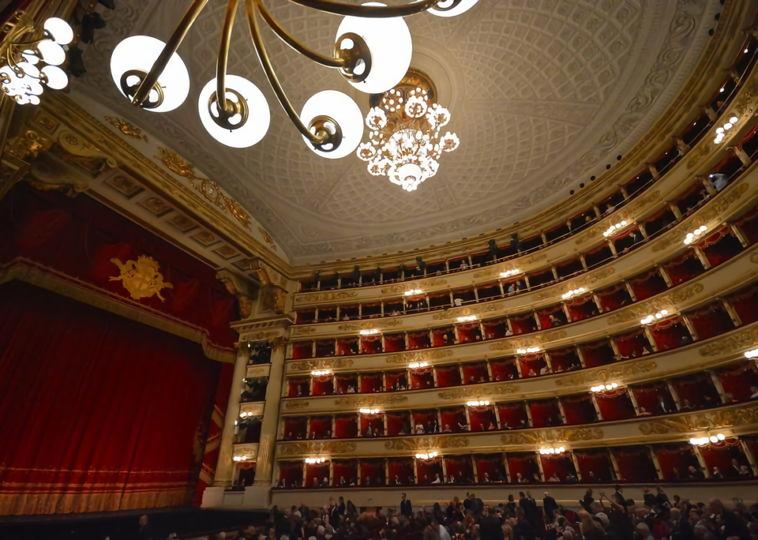
It was founded in 1778 under the patronage of Empress Maria Theresa of Austria to replace the Royal Ducal Theater, which had been burned down two years earlier. It got its name from the Santa Maria Ala Scala church to make way for the new theater.
Today, the theater seats 1,987 spectators, and its repertoire is varied, including many unknown works offset by a limited number of popular favorites. For those who enjoy opera history, visit the Museo Teatrale Alla Scala, complete with original handwritten scores and manuscripts.

